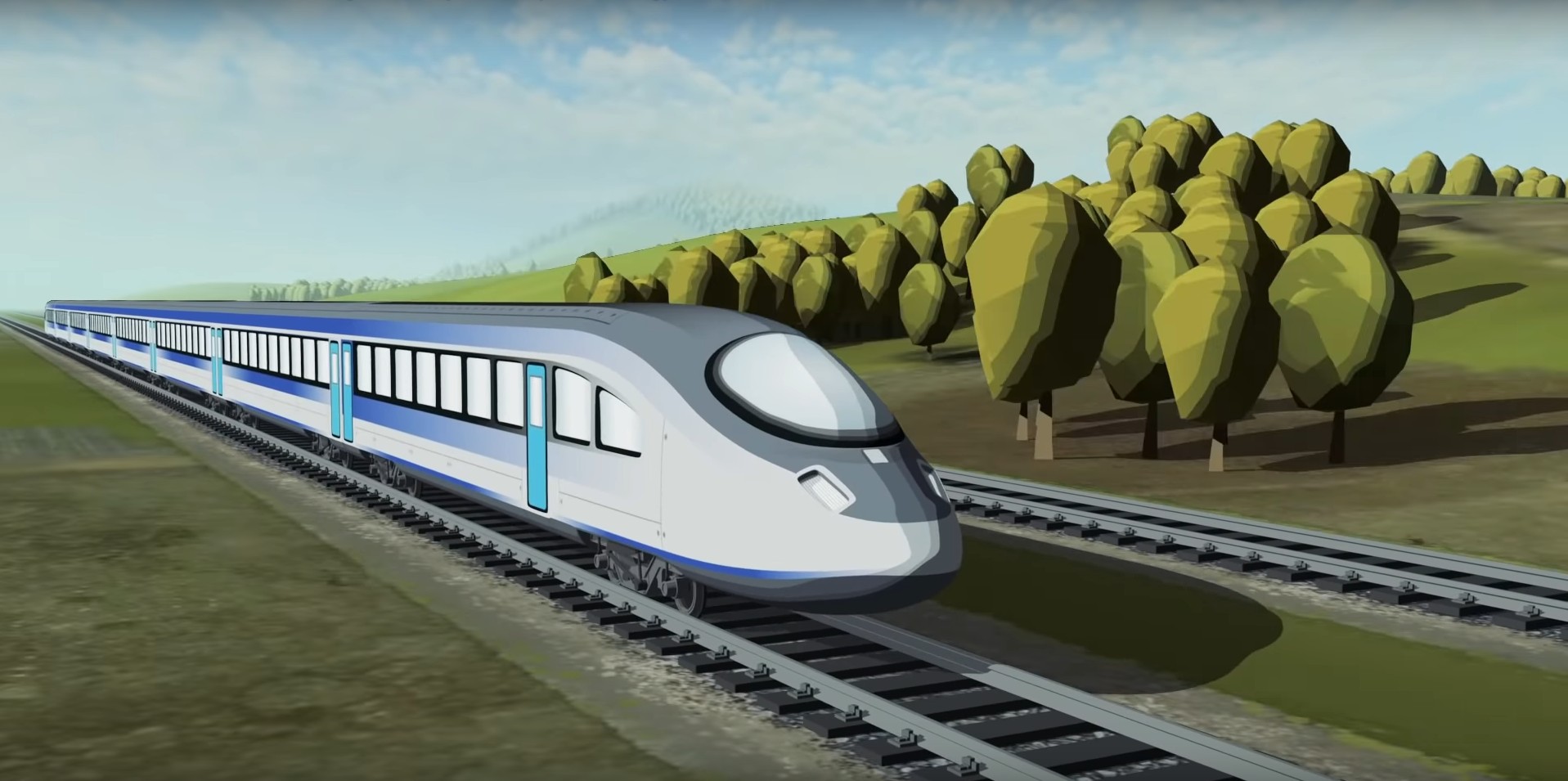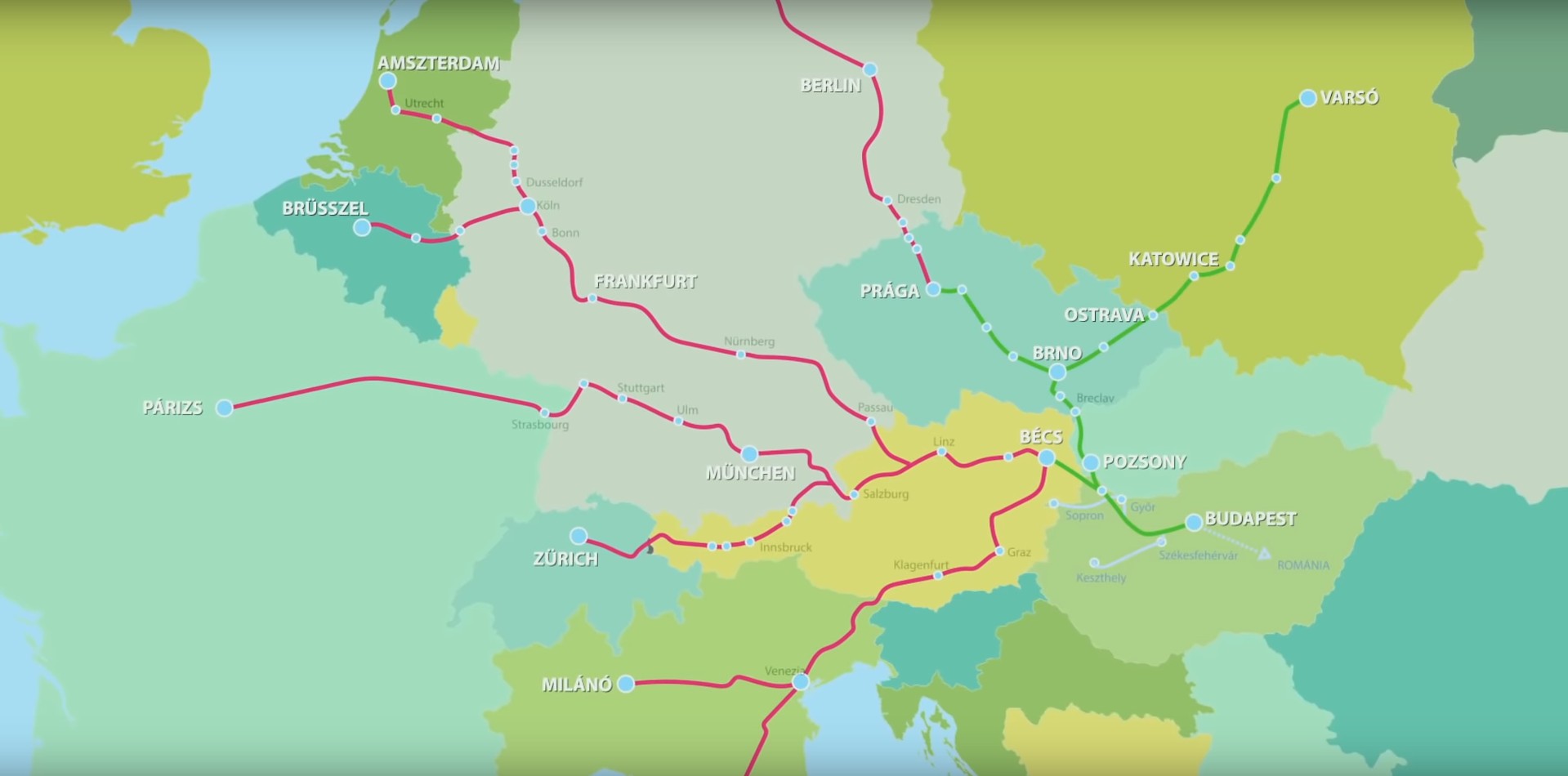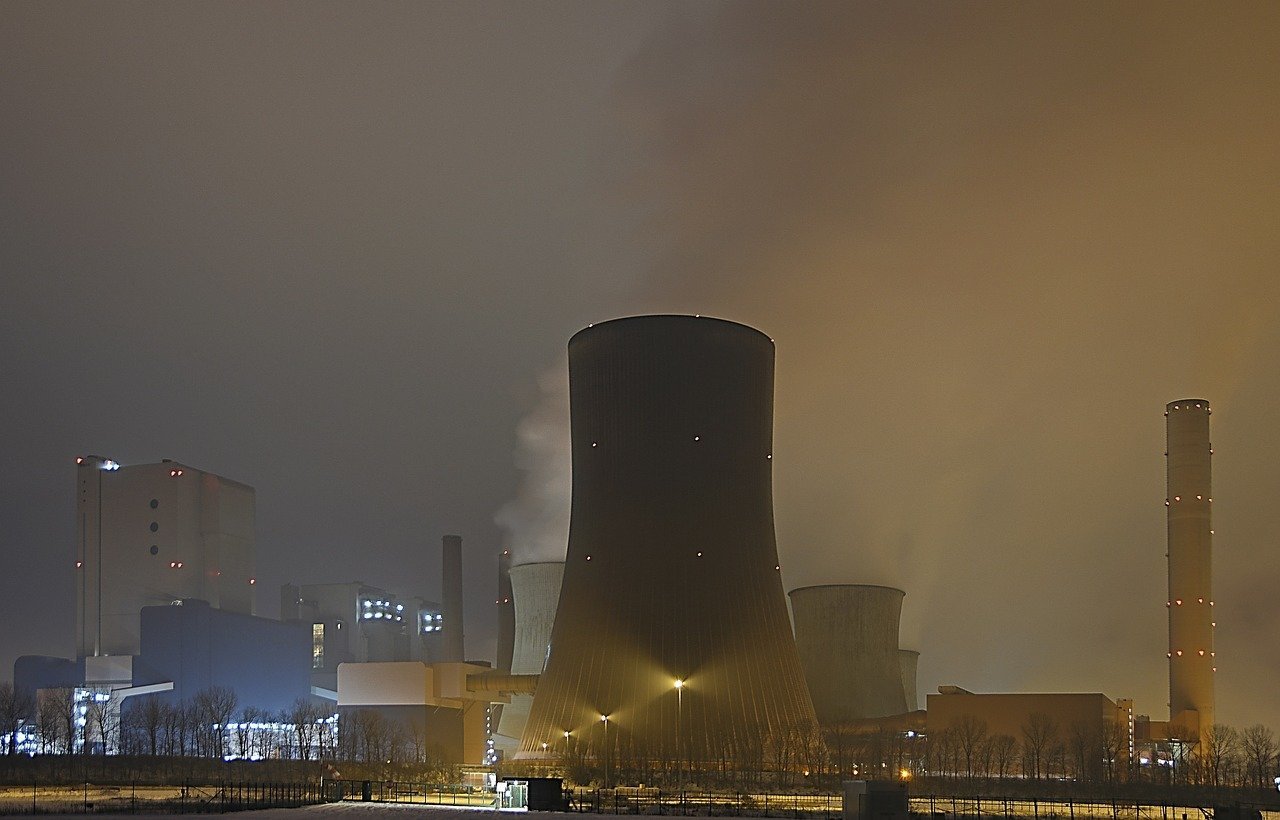From Budapest to Warsaw in 5.5 hours: plans for high-speed railway revealed – Video

If built, it will decrease traffic on the M1 highway and the existing railway lines in western Hungary, link Budapest to a number of European cities, and help meet climate goals by reducing CO2 emissions.
According to Telex, excerpts from the feasibility study concerning the new railway line were recently published by the National Infrastructure Development Corporation (NIF). As we wrote before, Hungary has applied for financial support from the Connecting Europe Facility, an EU program, to fund the construction of the Hungarian section of the tracks. Results are expected this summer, and if the support is granted, works are scheduled to begin in the early 2030s, except for the stretch between Kelenföld and Törökbálint, where the existing tracks could be refurbished earlier.

The trains are expected to operate at the speed of 320 km/h, except in urban areas.
Once completed, this new line would connect Budapest to the high-speed railway network of western Europe, making trains the quickest way to get to a number of cities, even faster than flying. Some projected journey times are:
- Budapest to Vienna or Bratislava: less than 2 hours
- Budapest to Prague: 3 and a half hours
- Budapest to Warsaw: 5 and a half hours.
According to NIF, those more interested in travelling within the country would also benefit from the railway, as there is also a planned branch going towards Székesfehérvár that InterCity trains could use as well, which would make visiting Lake Velence or Lake Balaton much simpler.
The building of the high-speed railway would put an end to the never-ending traffic jams on the M1 highway and take some weight off the metaphorical shoulders of railway line number 1, which is currently being pushed to its limits by the 70 freight and 400 passenger trains passing through it every day.
In their video about the results of the feasibility study, NIF also highlighted the magnitude of CO2 emissions (400,000 tonnes) that could be prevented if we could decrease the number of trucks on Hungarian roads by freeing up capacity on the freight train network. However, as the Urban and Suburban Transit Association (VEKE) pointed out in their Facebook post, to achieve that,
it is not this line that we should build but V0.
V0 is the name of a freight railway line that would cross the Danube to the south of Budapest. As magyarepitok.hu writes, a government decision was made in late 2020 to begin preparations for its construction; however, not even its feasibility study is expected to be completed before 2023. That could be problematic, noted VEKE, since the EU climate goals include cutting greenhouse gas emissions by 55% and doubling the amount of goods transported by train by 2030.
Source: telex.hu, magyarepitok.hu


